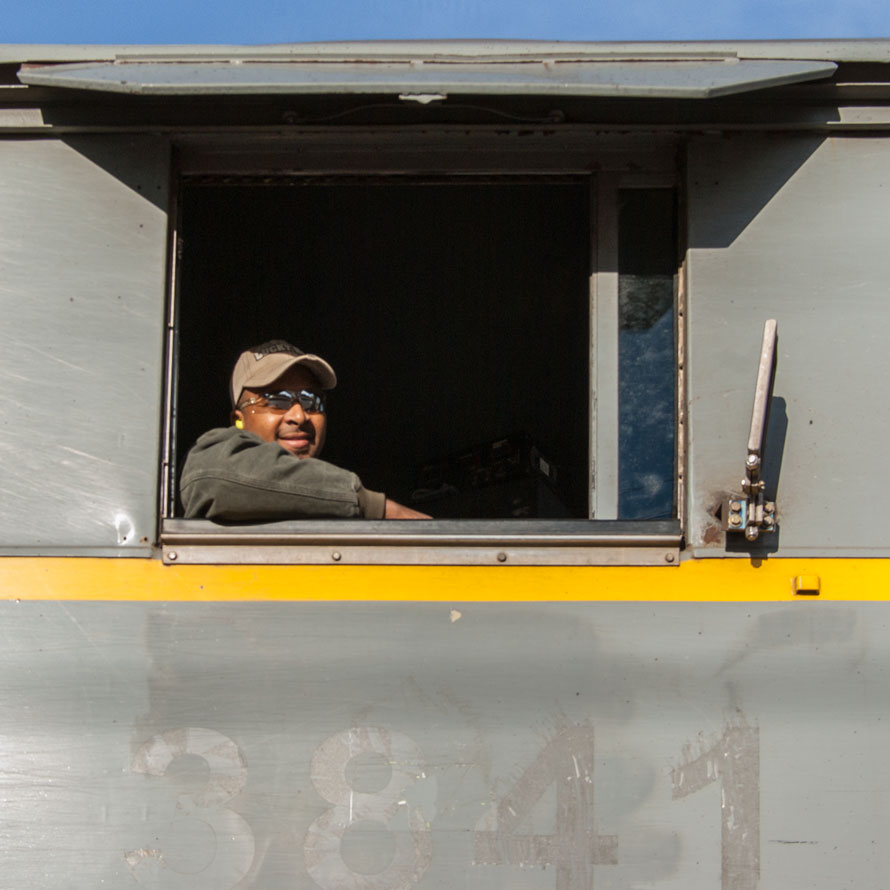Progress, Preservation
and the End of an Era

Hunter Harrison is in the news again, and this time CSX is in the cross-hairs. Whether you think Harrison’s style of railroading is progress or desecration, one fact remains: more change is coming.
Harrison is one agent of change, but there are many others. The infrastructure changes legislated by Positive Train Control (PTC) will dramatically alter the railroad landscape. Those changes are well underway. The April issue of Railfan & Railroad magazine reports that BNSF has completed PTC installation on more than half of its system. CSX will replace searchlight and color position light signals on much of its system in 2017 and 2018. Other railroads are following suit.
Eric Miller recently wrote about the disappearance of the things that once made individual railroads colorful and unique (In Rembrance: A Lamentation for the Distinctive) and we will feature several more articles on this subject in the coming months as photographers scramble to document the last of these historic structures. Railroads are looking more and more like one huge, homogeneous conglomerate. We are coming to the end of an era.
In the name of progress, technology advances. Trains powered by steam locomotives once carried an engineer, fireman, brakeman and conductor. Now it is possible to operate with smaller crews, and many observers believe that one person crews are inevitable. And it will not stop there. Driverless trains already operate on some rapid transit systems, and it may be only a matter of time before most trains run without crews. Seem far-fetched? Look what is happening in the trucking industry with the push for driverless trucks. Are we nearing the end of another era when men and women are no longer needed in the cab?
Railroad photographers are historians, whether they think of themselves that way or not. Photography has played a key role in the documentation of railroad history in all eras. That documentation is just as important today as it was at the end of the steam era, when many talented photographers stepped up to the challenge of preserving steam’s legacy. It is up to the current crop of working railroad photographers to record the changing railroad environment and to preserve what is being lost. Trains will be here as long as railroads exist, but the landscape and culture of railroading, even railroading as a way of life, may someday pass into history.
Perhaps one day, along a lonely stretch of railroad track, a train will approach. There will be no face in the cab window, no friendly wave or smile from the engineer. The lonely train will pass, and we will feel the loss and mourn the end of another era.
Edd Fuller, Editor
Comments are always welcome. I would love to hear your thoughts on this, or any other subject.
I want to do everything I can to prevent this kind of future from coming to pass. I know the railroad is in my blood and I cannot let it be destroyed in the name of cost savings and so called “progress.”
Tyler, thanks for your comment. Unfortunately, there is a huge disconnect between railfans and the railroad industry. In the same April issue of Railfan & Railroad magazine that I mention in the article, Alexander Craghead writes about the desires of railroad enthusiasts v.the desires of investors (p. 4). Those desires do not match up very well, and it is the investors who call the shots. It’s a tough situation.